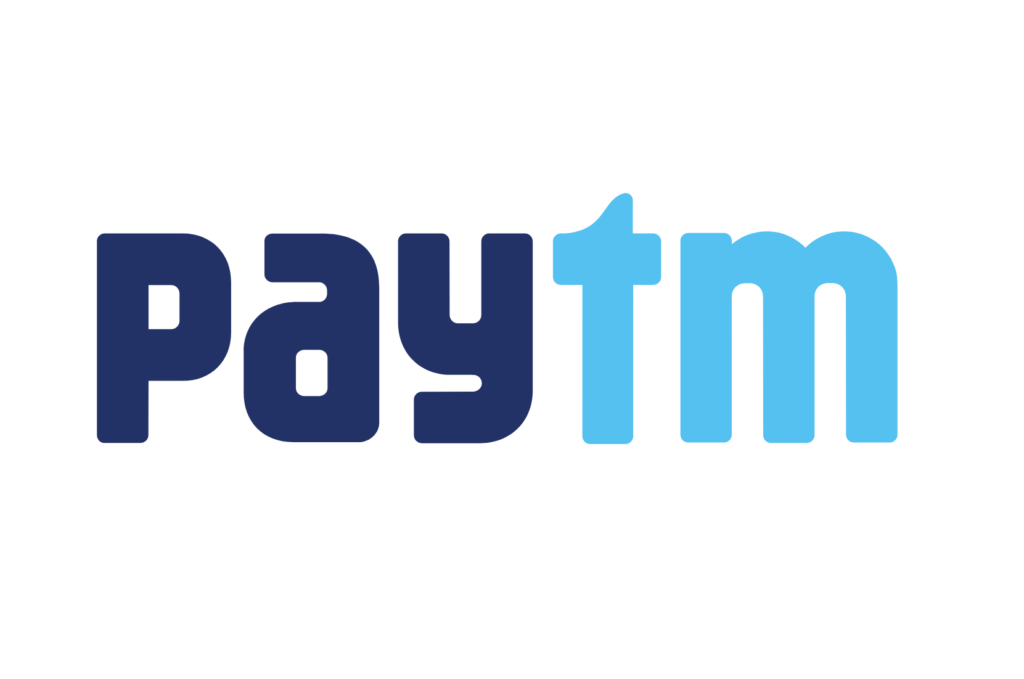The retail digital rupee is in the form of a digital token that represents legal tender and would offer features of physical cash like trust, safety and settlement finality, according to RBI. Digital currency would bring in a lot of operational efficiency in the system and will foster financial inclusion, said Ajay Kumar Choudhary, executive director, of the Reserve Bank of India, at an interactive session on “Digital Rupee: A Way Forward” organised by the PhD Chambers of Commerce and Industry (PHDCCI).

On 1 December, the pilot for the retail digital rupee, RBI’s central bank digital currency (CBDC) started in Mumbai, New Delhi, Bengaluru and Bhubaneswar. The retail digital rupee (e ₹-R) project started in a closed user group with the participation of four lenders — State Bank of India, ICICI Bank, Yes Bank and IDFC First Bank — as well as customers and merchants
As per the central bank digital currency (CBDC) tracker, almost 105 countries representing 95% of the world GDP have taken steps to inculcate digital currency in their ecosystem, Choudhary said adding that around 50 countries are at the advanced phase of exploration to launch the digital currency, while 10 countries have fully launched the digital currency.
According to Choudhary, the digital rupee will add resilience associated with innovation in the way payments are made. It will also boost innovation in the cross-border payment space, he said. The markets will develop more huge cases in time to come as per their specific requirement. CBDC will give the public the desired experience while ensuring consumer protection but avoiding the damaging social and economic consequences, he added.
Choudhary explained that digital currency will fill the strategic space needed at this point in time. He said that digital currency is expected to complement rather than replace the current forms of currency. It would provide an additional avenue to the users as a payment instrument.
He said that the Reserve Bank of India will take steps to ensure that the issuance of CBDC follows a calibrated and nuanced approach with adequate safeguards to tackle any potential difficulties and risks so as to build a system which is inclusive, competitive, and responsive to innovation and tech changes.
Explaining the difference between digital currency and UPI, Choudhary mentioned that like physical currency, digital currency issued by the central bank is the RBI’s liability whereas UPI is a means of payment. Any transaction through UPI is the respective bank’s liability, he pointed out.
Anuj Kumar, general manager, of RBI, said that the digital currency has nothing to do with payments and this is a physical currency getting converted into a digital one. He explained that just like we hold physical currency in our physical wallet, this would be a digital currency in our digital wallet. The form is only changing, and no other thing is changing.
He said that the cost involved in printing the physical currency would be eliminated in the long term. Other than the printing cost, there would be other costs like setting up a press, getting the manpower, importing high-quality paper from foreign locations and the ink used, all this would be saved.
Hemant Jain, vice president of, PHDCCI in his welcome address stated that the Central Bank’s digital currency is based on the principles of trust, safety, liquidity, and integrity. He informed me that the switch over to digital currency will plug the loopholes and eventually wipe out all the black money in the system.

